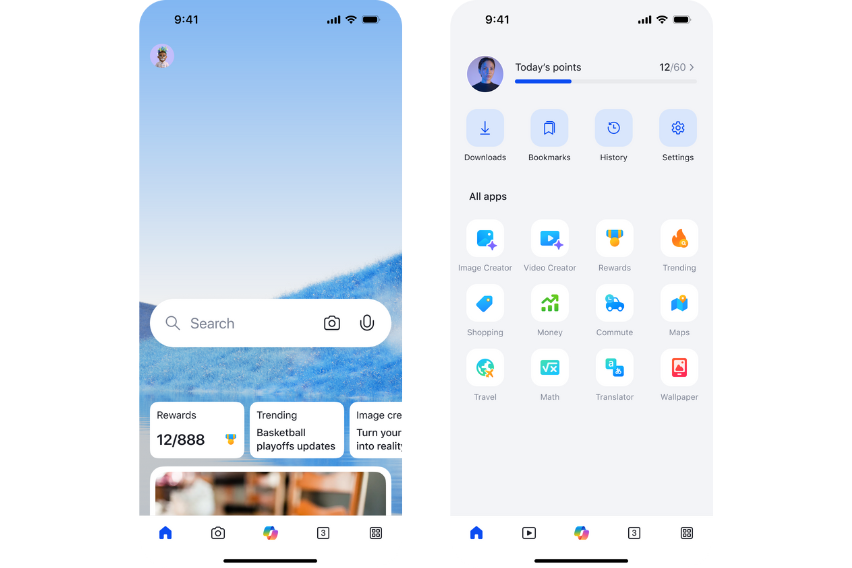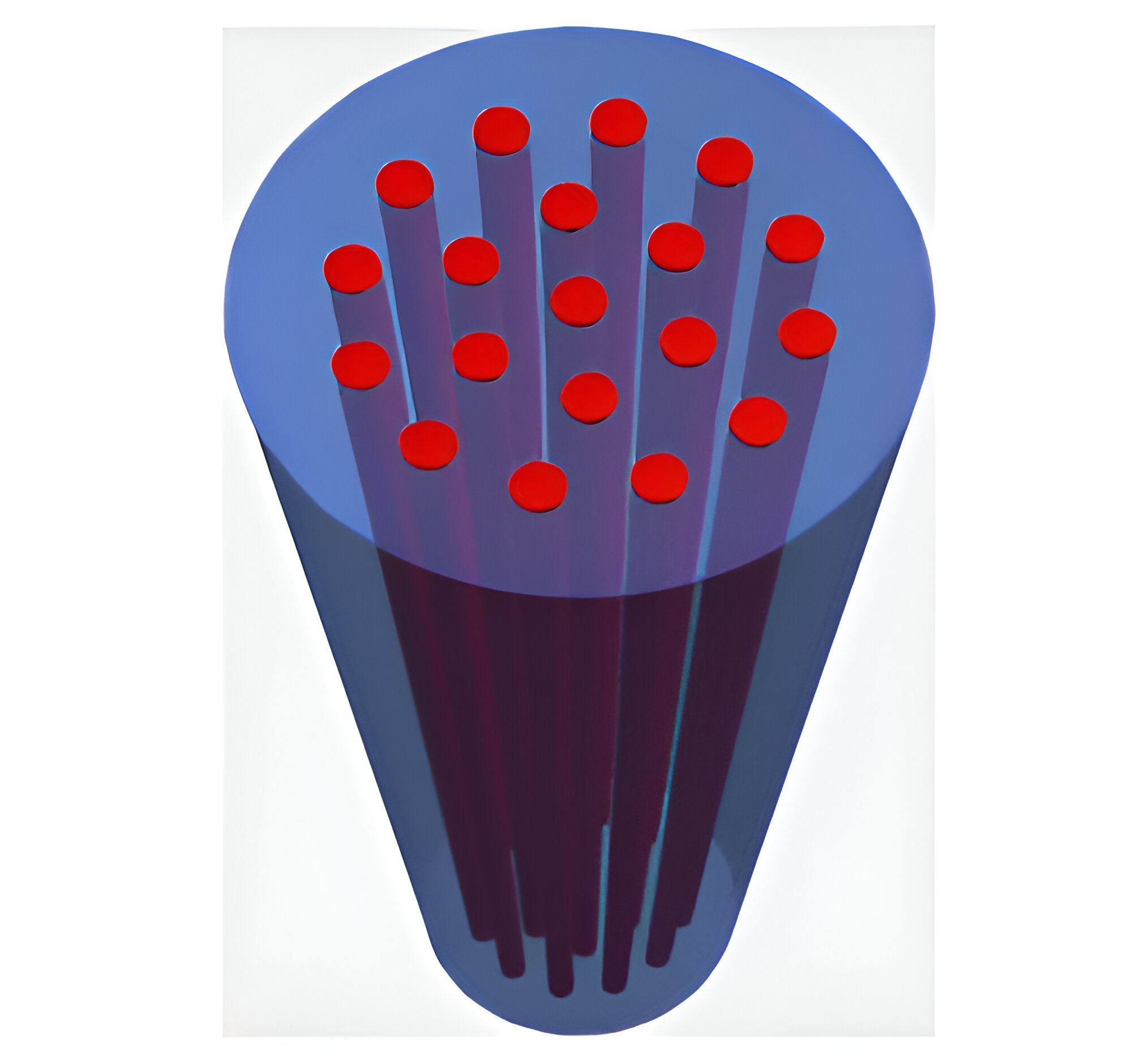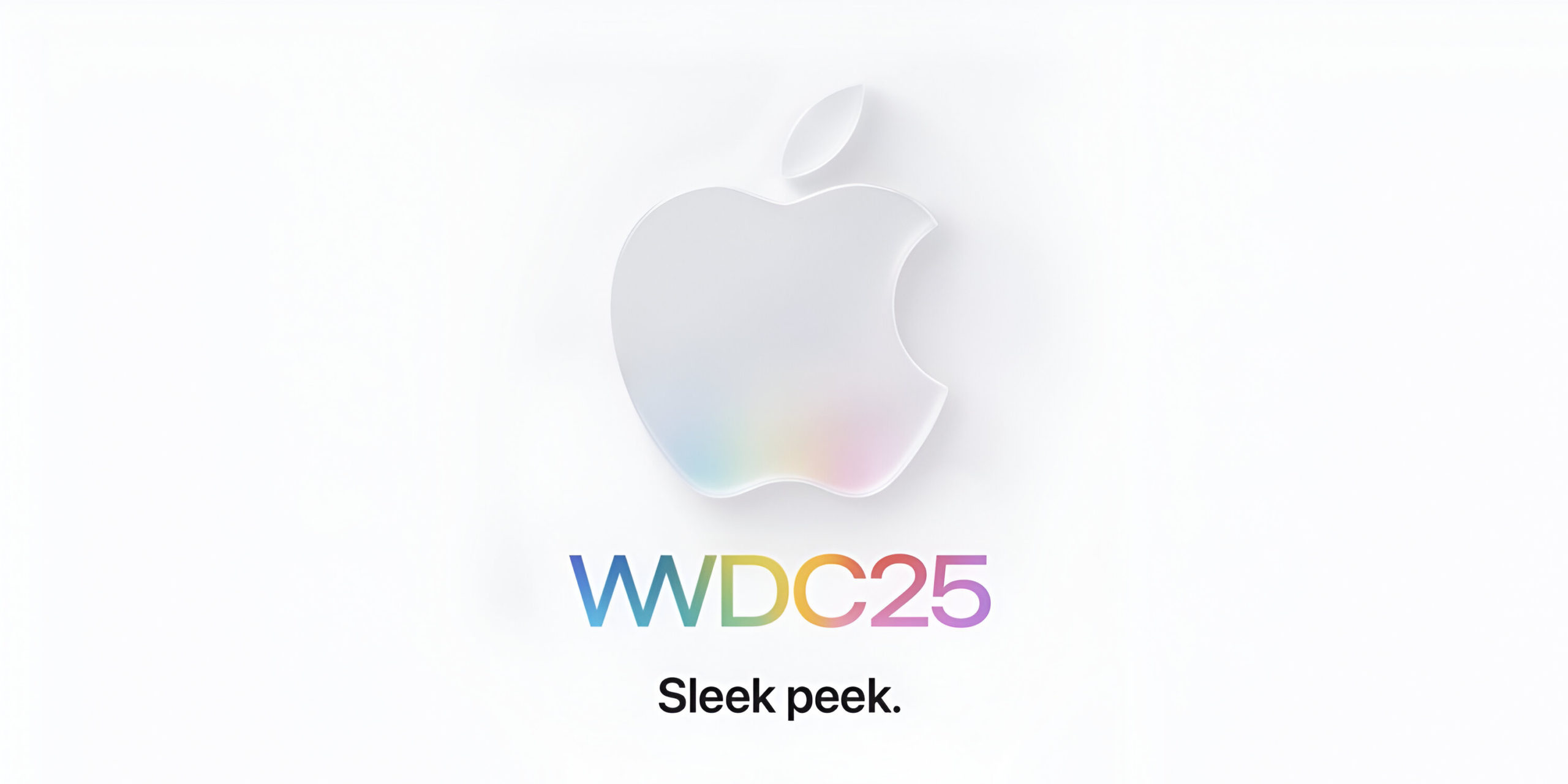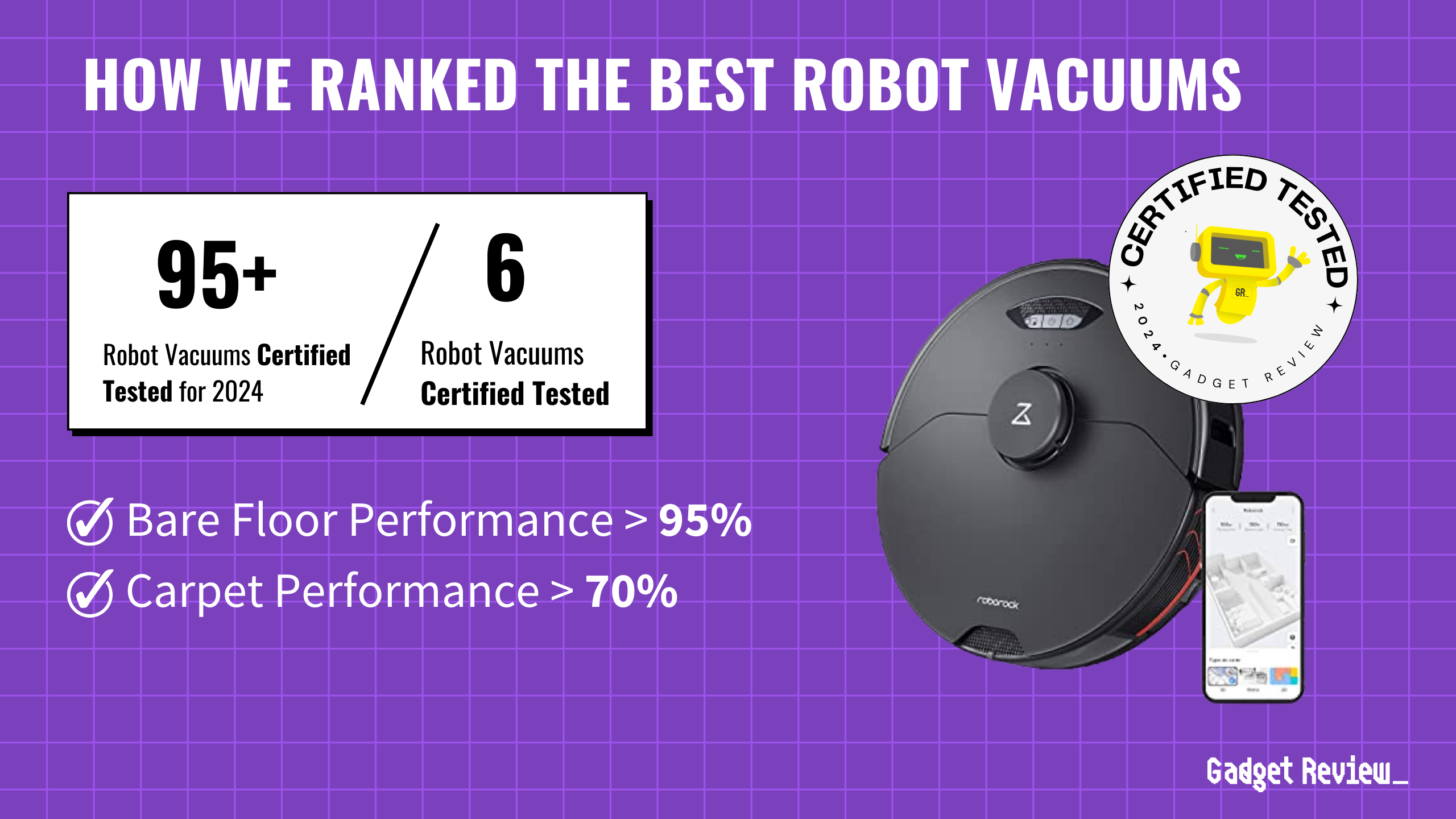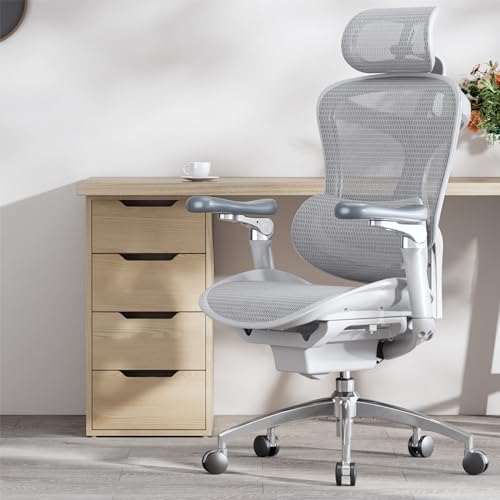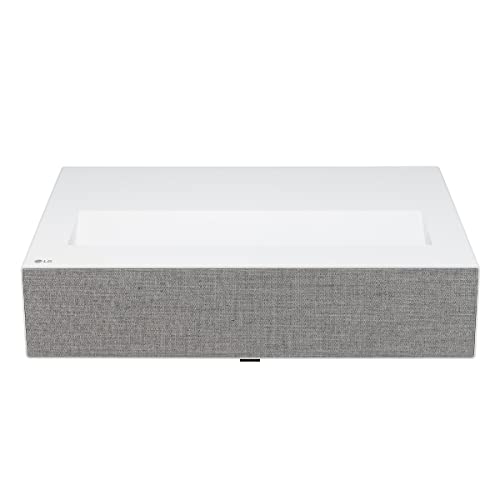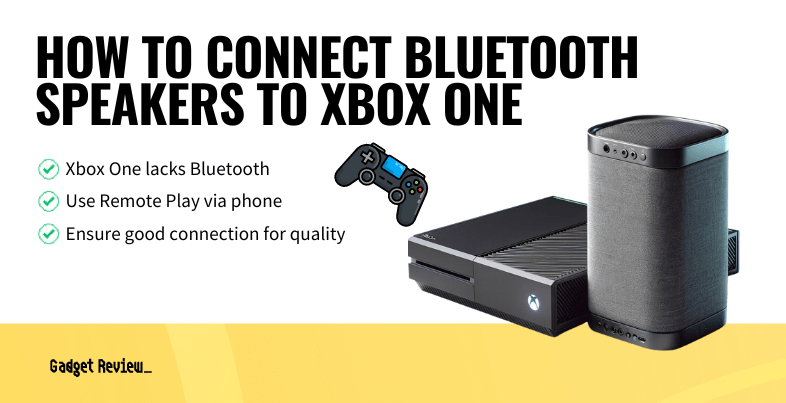Take a nostalgic trip through time as we count down 10 obsolete retro-tech tidbits that we no longer use! Retro gaming devices and obsolete computer things – how about old-school TVs?
The Original Game Boy
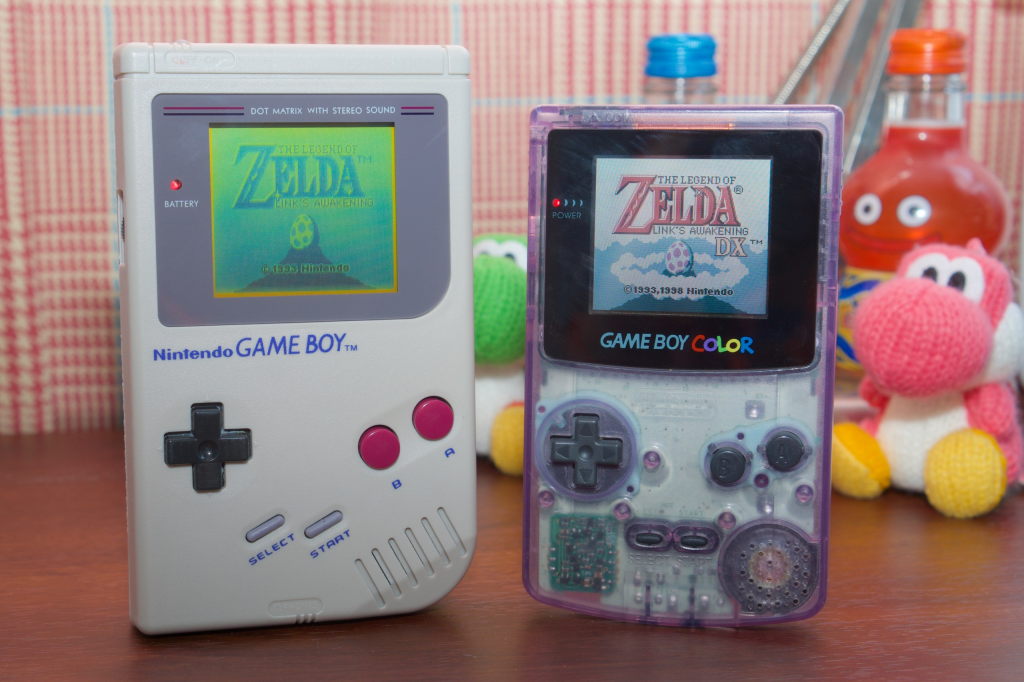
In 1989, Nintendo introduced the Game Boy, a handheld gaming device that changed the landscape of portable gaming. With its simple design and user-friendly layout, it became a favorite among gamers of all ages. The Game Boy offered a variety of games and boasted an impressive battery life, allowing players to enjoy nearly 20 hours of gameplay on just four AA batteries.
As the years went by, Nintendo continued to innovate, releasing various iterations of the Game Boy throughout the 90s and early 2000s. However, the advent of the dual-screen Nintendo DS in 2004 marked the end of the Game Boy era, leaving many to reminisce about their childhood gaming experiences.
Pagers or Beepers

Before the rise of cell phones, pagers (or beepers) were the go-to communication device for those on the move. Popular in the 80s and 90s, pagers were essential for professionals like businessmen, police officers, and EMTs, allowing them to receive messages while away from their desks.
While pagers have largely fallen out of favor, some industries, particularly hospitals, still utilize them due to their reliability in areas with poor cell service. The nostalgia associated with pagers reminds us of a time when communication was less instantaneous but still vital.
Floppy Disks

The floppy disk is a relic of the past that many may not fully appreciate today. Originally developed in the 1960s, these disks evolved from 8-inch to 5.25-inch and finally to the 3.5-inch format that most people remember. They were the primary means of saving and transferring data for decades.
Kids today may never understand why the save icon in many applications resembles a floppy disk. The last floppy disks were produced in 2011, marking the end of an era where these disks were synonymous with data storage and transfer.
Dial-Up Internet

Dial-up internet was the gateway to the online world for many households in the early 90s. However, it came with its own set of challenges, such as tying up the phone line and the infamous busy signal. The sound of a dial-up connection is a nostalgic reminder of a time when getting online was a process rather than a seamless experience.
While dial-up internet still exists in some remote areas, it has largely been replaced by faster and more reliable options like DSL and fiber optics. The transition to high-speed internet has transformed how we interact with technology and each other.
Analog and CRT Televisions

Before the digital revolution, most households relied on CRT (cathode ray tube) televisions. These bulky devices were often referred to as “the tube” and relied on analog signals to receive channels. The introduction of digital TV in 2009 marked the end of the analog era, forcing many to upgrade their televisions or purchase converter boxes.
The nostalgia of watching shows on CRT TVs, complete with rabbit ears and fuzzy signals, is a cherished memory for many. The transition to digital has not only improved picture quality but also changed how we consume media today.
Audio Cassettes

The audio cassette was a staple of music consumption from the late 60s through the 90s. The introduction of the Sony Walkman in 1980 propelled cassettes into the mainstream, allowing people to enjoy music on the go. Even as CDs emerged, cassettes remained popular, especially in cars equipped with tape decks.
Creating mixtapes was a beloved pastime, and cassettes were easy to record on, making them a versatile medium for music lovers. However, with the rise of digital music and streaming services, audio cassettes have become a nostalgic artifact of a bygone era.
VHS and VCR

VHS (Video Home System) and VCRs (Video Cassette Recorders) dominated home video entertainment in the 80s and 90s. They allowed families to record their favorite shows and watch movies at home. However, the limitations of VHS, such as the two-hour recording time, often meant that epic films had to be split into multiple tapes.
With the advent of DVDs and streaming services, VHS and VCRs have become obsolete. Yet, they hold a special place in the hearts of those who remember the excitement of renting movies and recording shows for later viewing.
Pay Phones

Pay phones were once a common sight in public spaces, providing a means of communication for those without a personal phone. The 80s and 90s saw pay phones become a staple of urban life, with many people relying on them for making calls while on the go.
Today, pay phones are a rarity, with New York City removing its last freestanding phone booth in 2022. The decline of pay phones reflects the broader shift towards personal mobile devices, making them a nostalgic reminder of a time when communication was less personal and more communal.
Typewriters

The typewriter has a rich history, dating back to its patent in 1868. By the 1970s, electronic typewriters became commonplace in offices, with secretaries mastering their use. However, the rise of personal computers in the early 2000s led to the decline of typewriters, rendering them nearly obsolete by 2012.
Despite their decline, typewriters evoke a sense of nostalgia for many, symbolizing a time when writing was a more tactile and deliberate process. The click-clack of keys and the smell of ink are memories that many cherish.
Phone Books
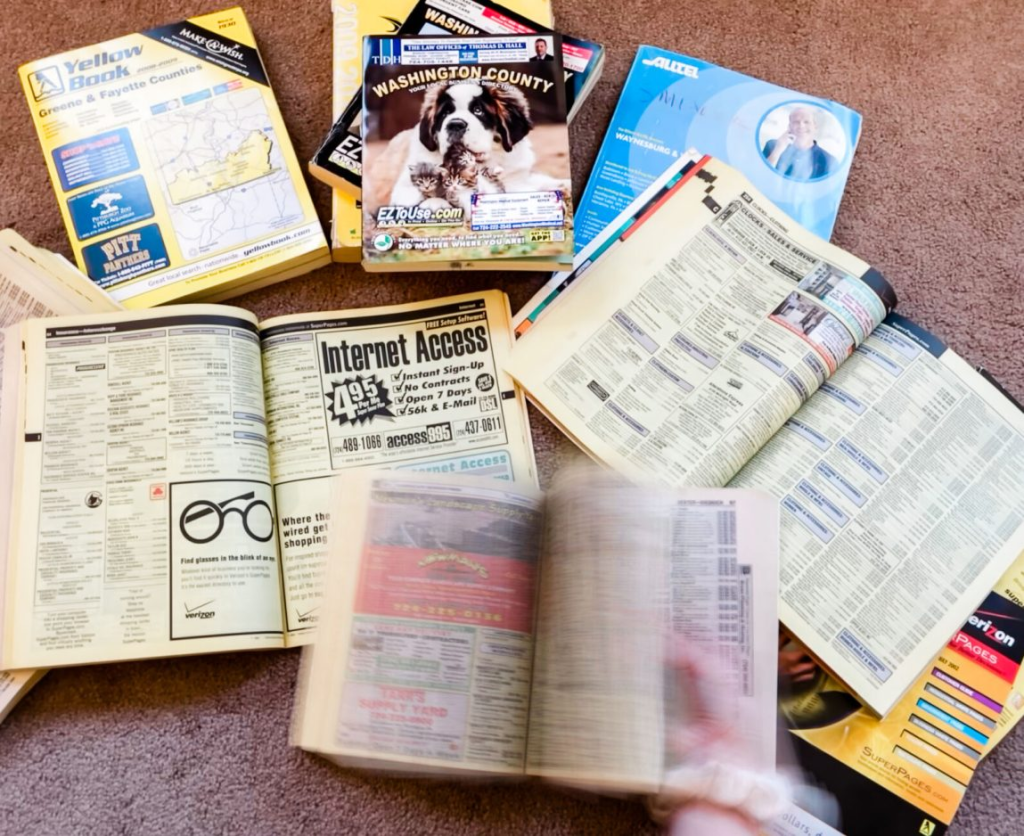
Phone books have been a part of our lives since their inception in 1878. In the 80s and 90s, they were essential for finding contact information, whether for businesses or personal connections. However, with the rise of the internet and digital directories, phone books have become increasingly irrelevant.
By 2012, phone books were officially deemed obsolete, and criticized for their environmental impact. The shift away from physical directories reflects our changing relationship with information and technology, as we now rely on digital means to connect with others.







